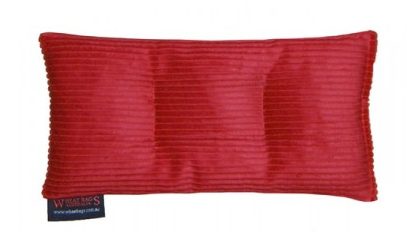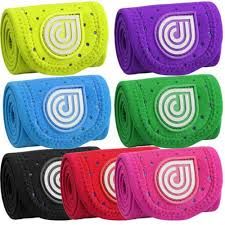One of the most common questions we get asked at Osteohealth is what’s best to use – heat or ice? This has been a hot topic in the media recently and can be dependent on a number of factors.
When we have an acute (or new) injury, inflammation is present at the site. Inflammation is what causes warmth, swelling and pain. Our body produces inflammation as a means of protecting itself from further injury, however it also promotes healing. When we use ice we’re aiming to decrease/prevent swelling, hence the question arises – why are we trying to prevent a process aimed to help injured tissues heal?
Things to know – using either heat or ice won’t hasten healing rates. They are historically used for pain relief. Icing can help reduce swelling after trauma and heat can be great for tight, sore, aching muscles and stiffness. Heat is also a great tool, as it encourages blood flow into an area increasing oxygen and nutrition to the tissues as a result of this effect. In the case of bruising or bleeding at a site, we don’t advise the use of heat.
We stock a variety of the above pictured wheat bags and ice wraps at Osteohealth
It is very important to never leave heat or ice on constantly and when using ice, always wrap it – don’t apply it directly to your skin. Using ice for 15-20 minutes at a time and leaving it off for approximately 2 hours is a good guideline to follow if you wish to continue icing – this should be performed regularly in the first 48 hours post trauma. Heat, such as a wheat pack or warm bath or shower should be at a comfortable temperature. Be wary of excessive heat and burns! Heat can be used a little more liberally than ice, again 30 minutes at a time with a good break in between use is generally comfortable.
Remember if either of the above methods aggravate your pain, it’s important to cease their use and seek a medical opinion. The team at Osteohealth can provide some great management both post injury and in the case of aches and stiffness. If you have any further questions please don’t hesitate to ask us when you’re in next.
-Amelia Caunt

